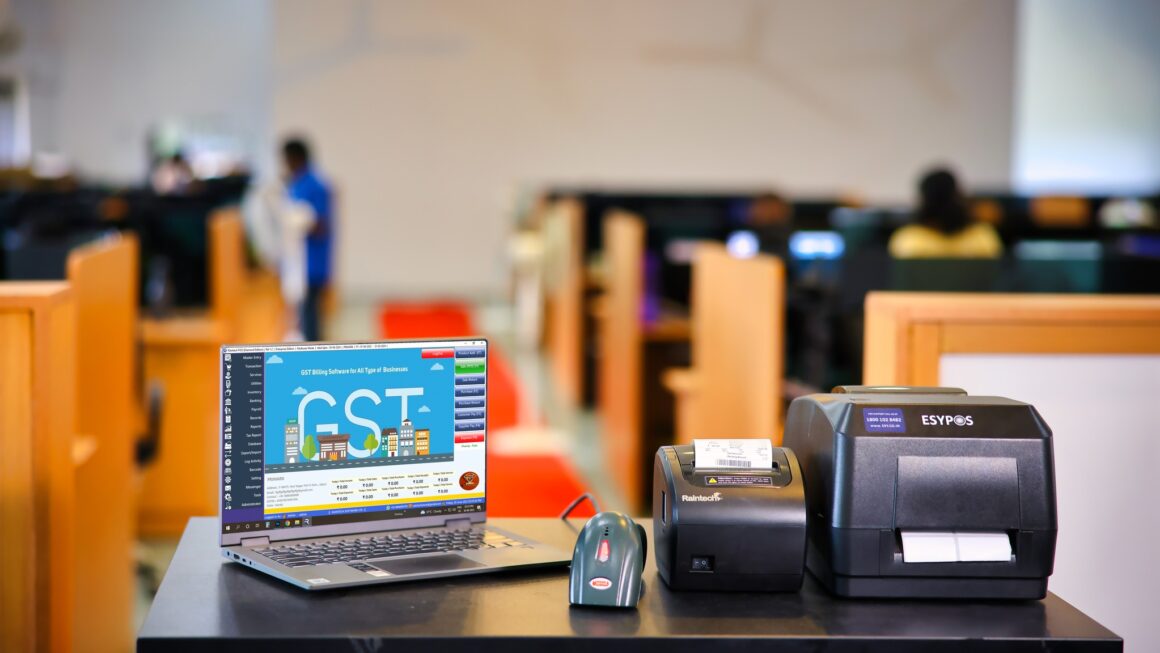In a continuous effort to enhance user security and protect the personal information stored on its devices, Apple has recently unveiled a groundbreaking security feature aimed at safeguarding against thieves. As technology evolves, so do the challenges and threats associated with device theft and unauthorized access. Apple’s commitment to user privacy and data protection is evident in its innovative approach to address these concerns. In this in-depth exploration, we will delve into the details of Apple’s new security feature, its functionality, and the potential impact it may have on the security landscape.
Understanding the Need for Advanced Security Measures
The prevalence of smartphone theft and the increasing sophistication of hacking attempts underscore the critical need for robust security measures. Mobile devices, particularly smartphones, have become an integral part of our lives, containing a wealth of personal and sensitive information. From contact details and messages to financial data and access to various online accounts, smartphones are a treasure trove of information for potential thieves and cybercriminals.
Recognizing these challenges, Apple has consistently prioritized user security, implementing features such as Face ID, Touch ID, and end-to-end encryption. The unveiling of a new security feature further emphasizes the company’s commitment to staying ahead of emerging threats and providing users with a secure digital environment.
The New Security Feature: An Overview
Apple’s new security feature represents a multifaceted approach to protect users against theft and unauthorized access. While specific details may vary, based on Apple’s track record and focus on user-centric design, we can anticipate certain key elements that contribute to the effectiveness of this security feature.
1. Proactive Theft Prevention
One of the core functionalities of the new security feature is proactive theft prevention. The feature is designed to detect unusual activities or patterns that may indicate a potential theft scenario. This could include abrupt changes in device location, usage patterns inconsistent with the user’s history, or attempts to disable security features.
How It Works:
- Behavioral Analysis: The feature employs advanced behavioral analysis algorithms to understand the typical usage patterns of the device owner.
- Anomaly Detection: Any deviation from established usage patterns triggers an alert, prompting the device to take preventive measures.
Impact:
- Reduced Device Thefts: By proactively identifying potential theft scenarios, the feature aims to deter thieves and reduce the incidents of device theft.
- Enhanced User Confidence: Users can feel more confident that their devices are equipped with intelligent safeguards to prevent unauthorized access.
2. Biometric Authentication Enhancements
Building on the success of Face ID and Touch ID, Apple’s new security feature is likely to introduce enhancements in biometric authentication. This could involve improvements in facial recognition technology, fingerprint scanning, or the integration of additional biometric markers to further fortify device access.
How It Works:
- Biometric Data Analysis: The feature continuously analyzes biometric data to ensure accurate and secure authentication.
- Multi-Factor Authentication: Integration of multiple biometric markers enhances the robustness of the authentication process.
Impact:
- Higher Authentication Accuracy: Users can experience an even more accurate and secure biometric authentication process.
- Greater Resistance to Spoofing: Advanced biometric enhancements make it increasingly challenging for unauthorized individuals to bypass authentication.
3. Remote Security Measures
In the event of a confirmed theft or unauthorized access, the new security feature empowers users with additional remote security measures. This includes the ability to remotely disable certain functionalities or lock the device to prevent further unauthorized usage.
How It Works:
- Remote Device Management: Users can access a secure online portal or utilize another trusted device to manage the security settings of the stolen or compromised device.
- Selective Function Disabling: Users have the option to selectively disable specific functions, such as access to sensitive apps or the device’s camera.
Impact:
- Mitigation of Unauthorized Usage: By enabling users to take swift action remotely, the feature mitigates the potential misuse of stolen or compromised devices.
- Increased Device Recovery Possibility: Remote tracking and management contribute to a higher likelihood of recovering stolen devices.
4. Integration with Apple Ecosystem
The new security feature is expected to seamlessly integrate with the broader Apple ecosystem, providing a unified and cohesive security experience across devices. This integration extends beyond iPhones to include other Apple devices, such as iPads, MacBooks, and Apple Watches.
How It Works:
- Cross-Device Security Synergy: Security alerts and actions initiated on one Apple device can trigger corresponding measures on other connected devices.
- Unified Security Dashboard: Users can access a unified security dashboard to monitor and manage the security status of all their Apple devices.
Impact:
- Consistent Security Across Devices: Users benefit from a consistent and interconnected security framework, ensuring a unified defense against potential threats.
- Streamlined User Experience: The seamless integration enhances the overall user experience by simplifying security management.
Also, read about – Microsoft’s AI Red Team Proving Its Value in Cybersecurity
Addressing Concerns and Privacy Safeguards
As with any advanced security feature, concerns about user privacy and data protection are paramount. Apple has a well-established commitment to user privacy, and the implementation of the new security feature is likely to adhere to strict privacy standards. Some key aspects that address potential concerns include:
1. Data Encryption and Anonymization
User data associated with the security feature is expected to be encrypted and anonymized to protect individual privacy. This ensures that sensitive information remains secure and cannot be exploited, even if intercepted.
2. User Consent and Control
Apple is likely to prioritize user consent and control over the usage of the new security feature. Users can expect granular control over the types of data collected and the actions taken in response to potential threats.
3. Transparency in Operations
Apple has a history of providing transparent insights into its security practices. The company is expected to communicate openly about the functionality and operations of the new security feature, offering users a clear understanding of how their devices are being protected.
4. Legal and Ethical Compliance
Apple’s security features are developed with a strong adherence to legal and ethical standards. The company collaborates with regulatory authorities and ensures that its security measures comply with privacy regulations and industry best practices.
The Future Landscape of Device Security
As Apple introduces this new security feature, it sets the stage for a more robust and proactive approach to device security in the broader tech industry. The integration of behavioral analysis, advanced biometrics, and remote security measures represents a comprehensive strategy to address the evolving challenges of device theft and unauthorized access.
Users can anticipate a more secure and user-friendly experience as they interact with their Apple devices. The unveiling of this security feature reaffirms Apple’s dedication to not only innovating in the realm of technology but also safeguarding the trust and privacy of its user base. In an era where digital security is of utmost importance, Apple’s continued efforts to stay ahead of the curve contribute to a safer and more secure digital landscape for users around the world.













